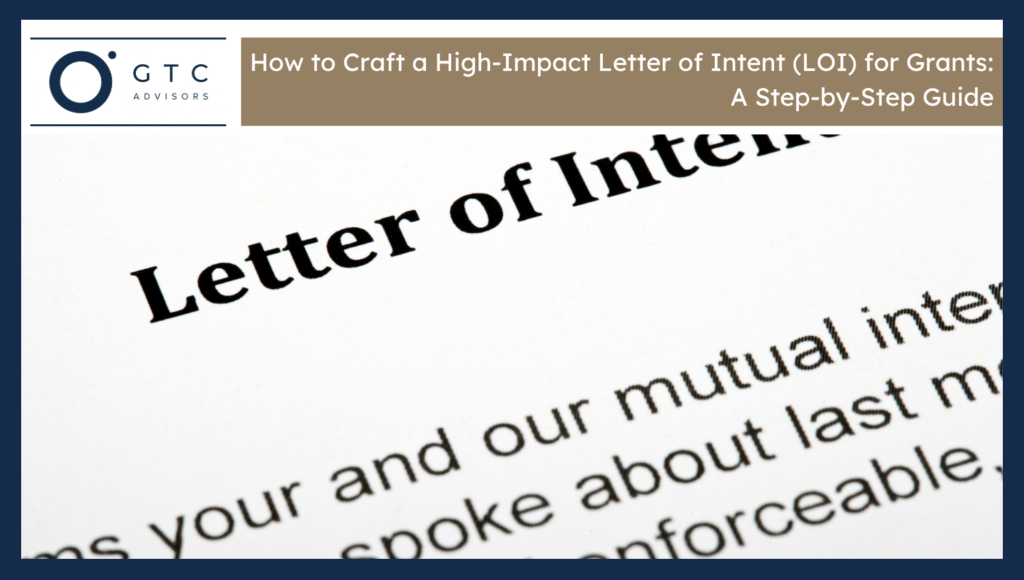A letter of intent refers to the mini-proposal used to express an organization’s interest in a grant opportunity. LOI, also known as a letter of inquiry, is a one to two-page summary of the project. It is a non-binding letter as it does not involve any legal commitments. LOI includes key objectives, goals, and outcomes of the project to share with grantmakers. They analyze the case studies, business metrics, and organizational potential to see if it aligns with their policies. Secure the grant before the final formal proposal with a concise and well-written LOI. Personalize the grants according to the grant maker and contact the person who is granting funds. Follow the format, adapt the tone, and share the KPI for a successful LOI.
What Should You Do Before Writing Your LOI?
Conduct thorough research about the funder priorities, past grants, and projects before writing the LOI. Visit their website, study their mission, and review all the guidelines. Write down the format, content requirements, and project details that they have asked for. Make sure to study the eligibility and rejection criteria to avoid making mistakes. Find the grant manager and write a letter to him instead of writing without a name. Understand the project thoroughly instead of writing vague statistics. Make sure to pitch a SMART Goal with supporting statistics and the ways to achieve it. Create a draft and project timeline. Understand the project timeline, budget, and funds before writing the letter.
What Are the Essential Sections of a Strong LOI?
Here are the six essential sections of a strong LOI:
- Introduction of Your Organization: The Introduction is the first part of the LOI that makes or breaks the proposal. Try to capture the funder’s attention in the introductory part. Clearly write about your organization, the amount of funds, and the project timeline. Share the achievements and the intent to achieve better outcomes at the end.
- Statement of Need: Describe the reason behind requesting a grant. Avoid sharing fluffy or unnecessary things in statements of need. Explain the urgency, problem, and outcomes of the project to give hope.
- Project Summary: Break down the technicalities of the project. Make sure to have a SMART goal, and mention milestones to show progress. Share future collaboration plans to strengthen the proposal.
- Funding Request Details: Give a brief overview of the project finances. Where the grant money is going to be used. Don’t ever share that the project is solely relying on the grants. Share other funding sources to build trust and get support.
- Why Your Organization Is the Right Fit: Write about the KPI and successful relevant projects to create a lasting impact. Grantmakers approve grants for organizations that share similar goals to theirs. Make deliverable commitments to show how this project matters.
- Closing & Next Steps: Show gratitude to the funder for reading the project and invite them to a quick meeting for further information. Share contact details, including phone number and email, at the end of the LOI.
How Do You Write the LOI Step-by-Step?
Here is the seven-factor step-by-step guide to write the LOI:
- Start with a Professional Header: Write the LOI as a formal business letter. Write the organization (grant seeker) name, address, phone number, email, and website. Mention the current date and name, title, and funder organization’s name below. Write all of this information on the left-hand side of the paper and greet the funder before writing the body part.
- Open with a Strong Introduction: Write a strong introduction that clearly explains the reason behind the LOI. Write the amount required and share how the project aligns with the funder’s goals in one line.
- Present the Problem Clearly: Address the problem that the project is trying to solve with facts and figures. Write about the target population and what the outcomes look like.
- Describe the Proposed Project: Describe the potential of the project and show how it is making a change. Avoid making vague commitments. Share the measurable results like “We will train 20 local teachers.”
- Provide a High-Level Budget Overview: Write about where the funds are going to be utilized. Don’t write fake projects to get grants, as funders verify them on their end.
- Demonstrate Credibility and Readiness: Summarize the project mission, the organization’s track record, and readiness to handle the project.
- Close with a Clear Call-to-Action: End the LOI with respect and enthusiasm for collaborating with the funder. Invite them for further information about the project via call or email.
What Tone and Style Should Your LOI Follow?
Keep the tone professional, persuasive, and formal when writing the letter of intent. Write the letter in a respectful tone, avoid slang, and contractions. Don’t use tentative language, as they are not looking for someone to give them hope. Show results and say “we will achieve it” instead of saying “I hope to achieve it.” Maitian considers and clear style throughout the LOI. Make it easy to understand and engaging. It is recommended to use the active voice.
How Can You Strengthen Your LOI for Better Results?
Use measurable outcomes and previous successful projects to capture the attention of the funder. Share any success stories, awards, and wins for credibility. Don’t make vague promises and avoid setting unachievable objectives. Share what the project is going to achieve after 6 months and a year. Make sure to proofread the letter of intent before sending it to the funder.
What Should You Do After Submitting the LOI?
Keep a track of what the funder says about the project. Collect all necessary documents for a full proposal request. Look at the website for response times and follow up with the funder if there is no response. Visit the funding organization in person and communicate with the grantmakers. Build healthy relationships and share project ideas to invest in.
What Are Common Mistakes to Avoid in an LOI?
Here are five common mistakes to avoid in LOI:
- Being Too Long or Vague: Avoid writing a vague letter of intent of 5 pages. It leaves a poor first impression of the project, and the funder struggles to learn the project model. Funders ignore these lengthy LOI and do not even give them a read.
- Not Customizing for Each Funder: Don’t send a single default LOI for every grant. Customize it according to the funder’s missions, and add the relevant details. Share the previous projects and awards that relate to the funder.
- Including a Full Proposal: LOI is a concise document to give an overview of the project. Avoid including a full proposal in this mini-proposal.
- Weak Problem Statement: The authenticity of the project and statement of needs defines whether the applicant is going to get the grant or not. Show the urgency and how important these funds are for the project.
- No Clear Ask or Next Step: Don’t miss out on the funding request while listing the project. Be strategic and write a clear contact action at the end.

George C. Tagg, Jr.
George serves as a trusted counsel to business leaders, non-profit executives, and management teams. George is a licensed attorney with a master’s in international affairs and over 20 years’ experience in the U.S. Congress, Department of State, Department of Defense, global public policy, and political campaigns.


